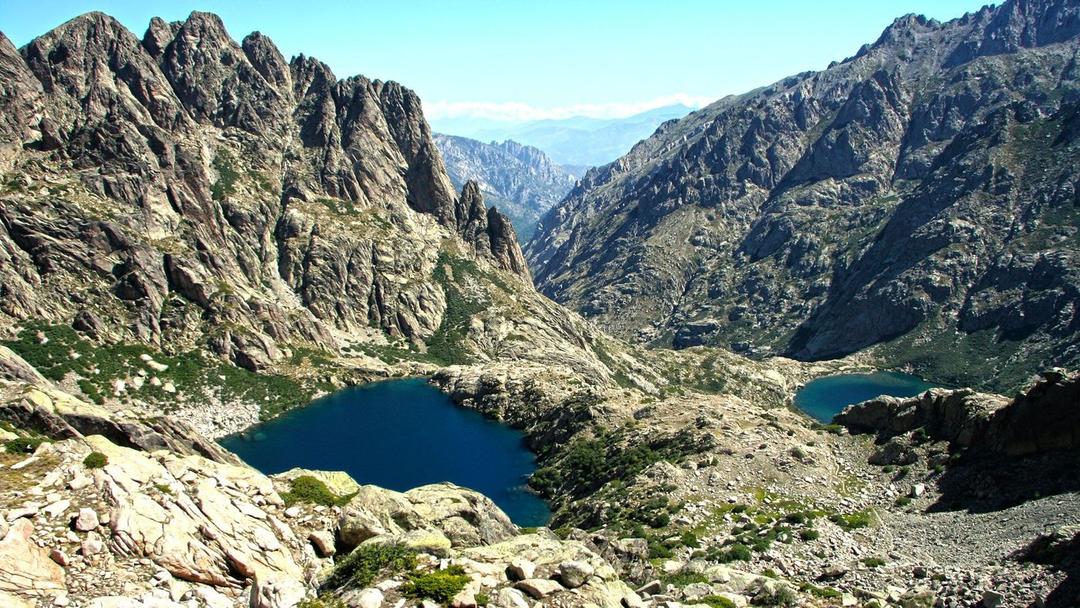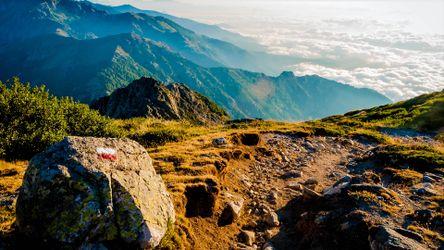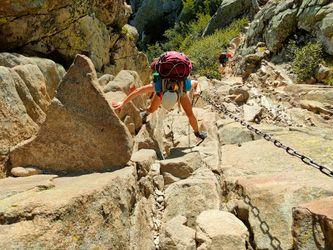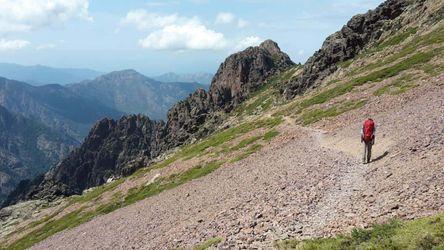Treking GR20 Corsica





Distances
- 15 - 16 days, 180 km, +10,000 m, 2,205 m high point
- daily: 6 - 8 hours, 10 - 15 km, +600 - 800 m gain
Route
- through hike
- starting in Calenzana
- ending in Conca
These are pictures taken while trekking GR20 Corsica. They're shown here to give you an idea of what the route is like. You're welcome to share your own pictures of hiking GR20 Corsica, to help the community of hikers. Picture here are either uploaded by members (their own, or creative commons pictures), or guides.
Calenzana to Ortu di u Piobbu (1,520 m)
Ortu di u Piobbu to Carrozzu (1,270 m)
Carrozzu to Ascu Stagnu (1,422 m)
Ascu Stagnu to Tighjettu (1,686 m)
Tighjettu to Ciottulu di I Mori (1,991 m)
Ciottulu di I Mori to Castel de Vergio (1,400 m)
Castel de Vergio to Manganu (1,600 m)
Manganu to Petra Piana (1,842 m)
Petra Piana to L'Onda (1,430 m)
L'Onda to Vizzavona (920 m)
Vizzavona to E Capannelle (1,590 m)
E Capannelle to Prati (1,820 m)
Prati to Conca (252 m)
The trek is 6 / 10, based on the below factors:
Treks that involve rugged or uneven terrain, such as rocky paths, scree slopes, or dense forests, may require more technical skills or physical effort.
Considering the maximum altitude reached during the trek. Higher altitudes can present challenges like thin air, low oxygen levels, and potential altitude sickness.
The total distance of the trek. Longer treks generally require more endurance and physical fitness.
Total elevation gain throughout the trek. Treks with significant altitude changes can be more challenging, especially if they involve steep ascents or descents.
Some treks may require basic technical skills like river crossings, using ropes, or scrambling over rocks.
Based on the availability of support facilities such as accommodation, food, water sources, and emergency services. Treks with limited infrastructure or remote areas can be more challenging due to self-sufficiency requirements. The less support facilities there are the harder the trek.
How tough are the prevailing weather and climate conditions during the trek. Harsh weather, extreme temperatures, or unpredictable conditions can add to the difficulty.
